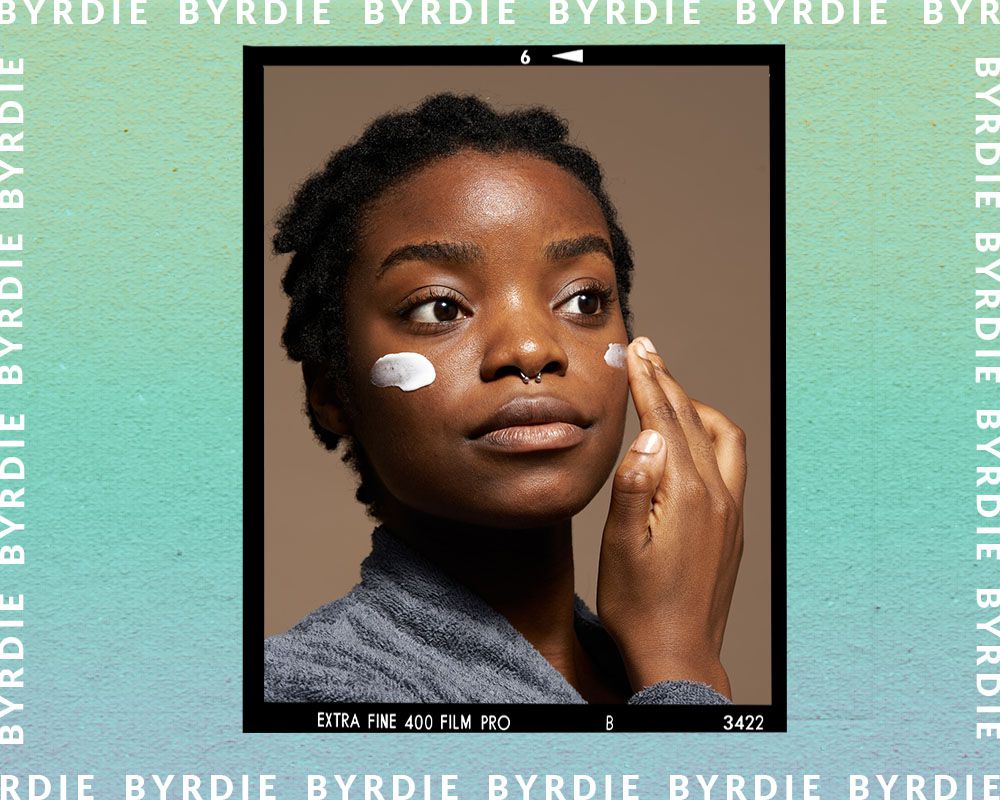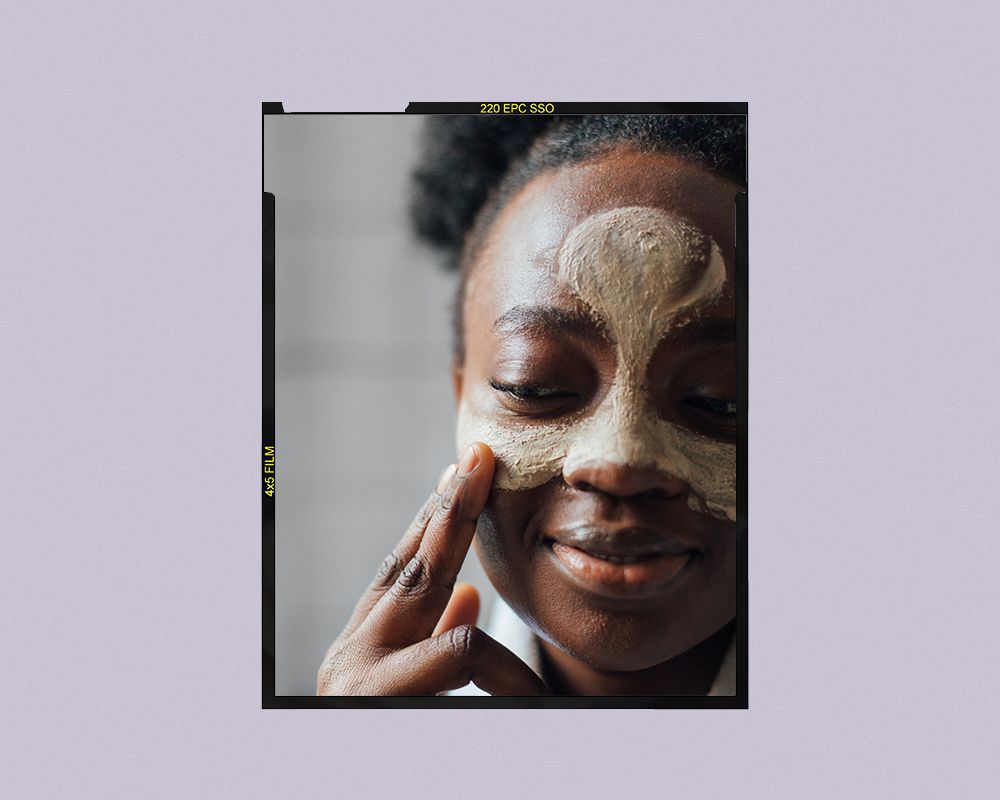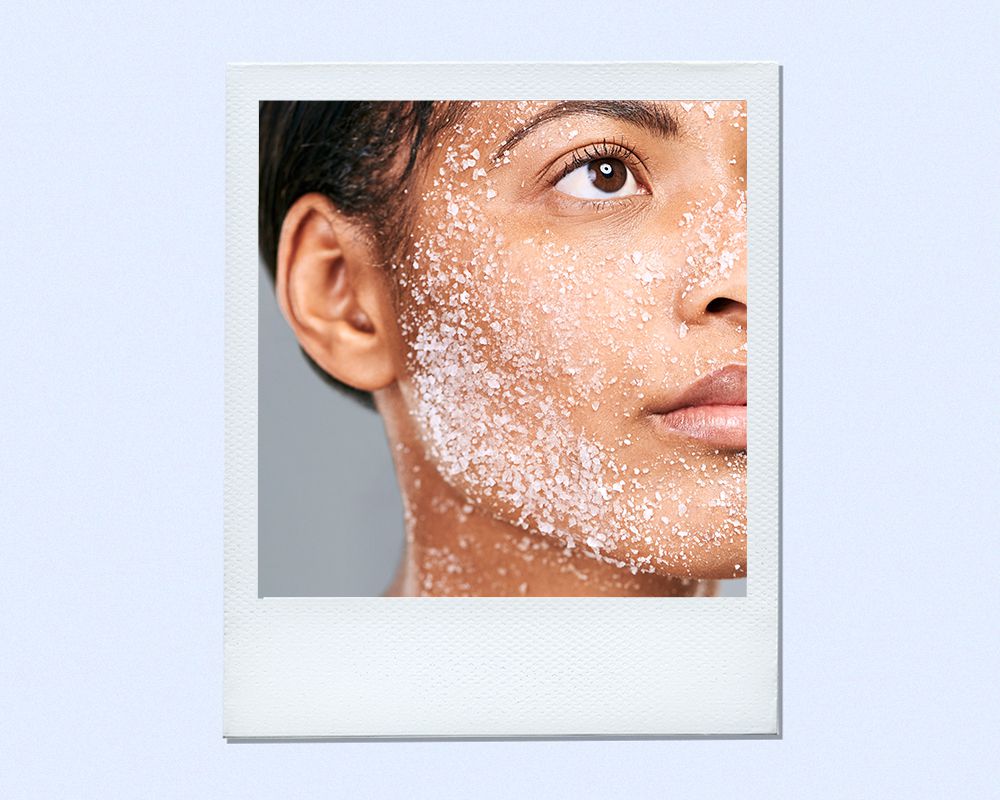How to Spot the Difference Between Melasma vs. Hyperpigmentation

Do you have melasma or hyperpigmentation? Well, you might have both. Melasma and hyperpigmentation are similar to the square and rectangle relationship. Melasma is a specific form of hyperpigmentation that commonly presents on the face of women of reproductive age. However, not all forms of hyperpigmentation are melasma. In this article, I’ll help you distinguish melasma from other forms of hyperpigmentation.
What Is Hyperpigmentation?
Hyperpigmentation means “excess pigment” – to be a little more specific, it means pigmentation above your normal background color. There are three broad causes of hyperpigmentation.
Types of Hyperpigmentation
- Primary pigmentary disorders: In the same way that some are predisposed to developing skin conditions like eczema and acne, others are predisposed to developing pigmentation of the skin. In primary pigmentary disorders, hyperpigmentation occurs without any other symptoms. Melasma is the most common primary pigmentary condition.
- Post-inflammatory hyperpigmentation: In skin that tans easily, any type of inflammation of the skin will typically resolve with hyperpigmentation. This hyperpigmentation is not permanent, but it may last for several weeks to months depending on the site (areas further from the heart take the longest to resolve). Acne and eczema are the most common causes of post-inflammatory hyperpigmentation.
- Sun-induced hyperpigmentation: The sun’s ability to cause wrinkles overtime is generally known, but there is less awareness about the sun’s ability to cause redness and pigmentation of the skin overtime. This typically presents with sun spots and background, faint hyperpigmentation.
What Is Melasma?
Melasma is a primary pigmentary disorder, which means melasma presents with gradual pigmentation of the skin without another cause. Melasma typically presents with symmetric tan to brown flat patches on the forehead, cheeks, and/or upper lip. Melasma does not itch or burn and it does not have any overlying scaling, pimples, or pustules.
Increased estrogen levels are a potential trigger for melasma, so it commonly presents in females on birth control and/or during pregnancy. However, it can occur in women without these triggers and in even in men. It is more common in Asian, Hispanic, and African-American skin tones but occurs in all skin tones.
Sunlight is a trigger for melasma, so melasma tends to flare in the summer months and/or during sunny vacations and naturally improve in the winter. In addition, pollution and visible light can worsen melasma.
Hyperpigmentation vs Melasma
Melasma can be differentiated from post-inflammatory hyperpigmentation by the lack of a preceding rash and the symmetric nature of melasma. Itching of the skin suggests post-inflammatory hyperpigmentation from an eczema like rash. The presence of pimples and/or pustules suggest post inflammatory hyperpigmentation from acne.
Melasma and sun-induced hyperpigmentation both present without symptoms, but the symmetric and cyclical nature of melasma helps to differentiate the two. Sun-induced hyperpigmentation slowly progresses each year with additional sun exposure. However, melasma is typically worse each summer and improves each winter.
Of course, it’s possible to have melasma and post-inflammatory hyperpigmentation or melasma and sun-induced hyperpigmentation. It’s also entirely possible to have all three of these, although sun-induced hyperpigmentation tends to occur in lighter skin tones and post-inflammatory hyperpigmentation tends to occur in darker skin tones.
Treating Sun-Induced Hyperpigmentation
1. Prevention
Prevention of sun induced hyperpigmentation is the simplest of the three types of hyperpigmentation. Diligent sun protection will prevent sun induced damage that leads to hyperpigmentation.
2. Topicals
Daily use of topical antioxidants (vitamin C, vitamin E) and retinol can help to reverse some sun-induced hyperpigmentation and help prevent further pigmentation.
3. Chemical peels
A series of in-office or home chemical peels containing glycolic acid, lactic acid, salicylic acid, retinol, trichloracetic acid, and/or hydroquinone can improve sun-induced hyperpigmentation. This is the one form of hyperpigmentation where more aggressive chemical peels are beneficial.
4. Lasers
Intense pulse light (IPL) therapy and clear and brilliant are effective in treating generalized redness and pigmentation that occurs with sun-induced hyperpigmentation. Sun spots can be treated with a 755-nm or 1064-nm laser.
Treating Post-inflammatory Hyperpigmentation
1. Prevention
Since post-inflammatory hyperpigmentation typically lasts longer than the preceding skin eruption, the most effective treatment for post-inflammatory hyperpigmentation is early and aggressive treatment of the underlying cause. This may include topical, oral, or injectable medications to prevent the development of the preceeding skin eruption.
2. Topicals
For acne patients, a daily routine that includes retinol, azelaic acid, and vitamin C is helpful to minimize post-inflammatory hyperpigmentation. These topicals decrease the severity of post-inflammatory hyperpigmentation and the number of days to resolution. For eczema patients, topicals used to target pigmentation should be used carefully, as they are typically too irritating for those with sensitive skin.
3. Chemical peels
A series of in-office or home chemical peels containing glycolic acid, lactic acid, salicylic acid, retinol, trichloracetic acid, and/or hydroquinone can improve post-inflammatory hyperpigmentation. These should be done under expert guidance. Chemical peels that are too aggressive can worsen post-inflammatory hyperpigmentation.
4. Lasers
Gentle lasers such as microsecond and picosecond lasers can improve post-inflammatory hyperpigmentation. These should be undergone with an expert as the wrong laser can create burns, scarring, and/or additional post-inflammatory hyperpigmentation.
Prevention and Treatment of Melasma
1. Sun and visible light protection
Melasma is extremely sun sensitive, so broad-spectrum SPF30+ should be used on a daily basis, every day of the year. In addition, visible light from phones and digital screens can worsen melasma. For that reason, I recommend using a tinted physical sunscreen. For additional visible light protection, dermablend flawless creator foundation contains iron oxides for visible light protection.
2. Non-estrogen based birth controls, if desired
Since estrogen levels can be a potential trigger for melasma, switching to a birth control without estrogen can lead to some improvement, although it may not lead to resolution of melasma. Since different birth controls have varying efficacies, side effects, and beneficial effects, this decision should be made with advisement from your gynecologist and your dermatologist given your specific skin concerns and reproductive goals.
3. Topicals
Daily use of pigment regulating topicals such as glycolic acid, vitamin C, retinol, azelaic acid, kojic acid, niacinamide, and/or tranexamic acid can help minimize melasma. Prescription strength hydroquinone can be used to improve a flare but should only be used under the guidance of a board-certified dermatologist as overuse can lead to worsening of pigmentation.
4. Oral therapy
For severe melasma, oral tranexamic acid can be quite effective but there are potential side effects. The risks and benefits should be discussed with your board-certified dermatologist.
5. Chemical peels
A series of in-office or home chemical peels containing glycolic acid, lactic acid, salicylic acid, retinol, trichloroacetic acid, and/or hydroquinone can improve melasma. These should be done under expert guidance. Chemical peels that are too aggressive can worsen melasma.
6. Lasers
A series of low-energy laser devices can be used to improve melasma, but lasers should be used with caution as melasma can be flared by light and laser is a form of light.
The Takeaway
Melasma is a square and hyperpigmentation is a rectangle—all melasma is a form of hyperpigmentation, but not all hyperpigmentation is melasma. There are three main forms of hyperpigmentation: 1) Primary pigmentary disorders, including melasma 2) Post-inflammatory hyperpigmentation and 3) Sun-induced hyperpigmentation. Each of these have individual causes, presentations, and treatments, but diligent sun protection, pigment regulating topicals, and careful use of peels and lasers can improve all three.
How to Clarify Your Hair with Baking Soda










